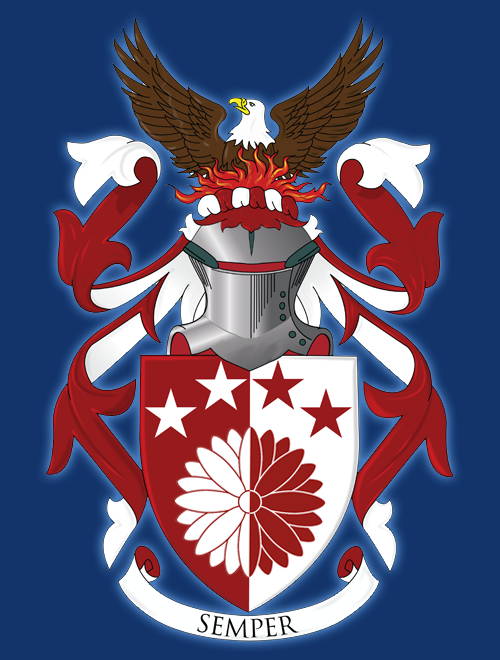This turned out to be really long, so I am separating it into two parts. This first part is an explanation and set-up for the second part, which is the actual meat of the story I want to tell.
The military has two kinds of jobs: combat arms, combat-geared tactical jobs and non-tactical jobs. The difference being that the tactical, combat-related jobs live, eat and breathe their work. Their company is their job. Their first sergeant and company commander are also their bosses.
Non-tactical guys belong to a company also, but only for administrative issues. The first sergeants and company commanders only see their troops at formations and company-related activities. These troops have jobs at different places on the installation that, in the majority of circumstances, the company has no control over. Many of these troops work for DoD civilians.
This is pertinent for a couple of reasons. Combat arms guys are always working together. Working with the people they will go to war with. Building teams and bonds that will get them through the stress that is a combat deployment. They are also constantly working with their gear, checking their vehicles, weapons and weapon systems, and performing plans and exercises to test their systems, gear and personnel. This is their job – staying ready for war. It doesn’t matter if it’s infantry, combat engineers or chemical/biological defense, these guys are constantly working as though the flag could go up at any time. Now that the flag has been up, their training takes added enthusiasm.
The combat arms troop is the bread winner of the military. They are the guys that the rest of the military is there to support. So, in contrast, most of the REMFs (yes, I was one) don’t practice their common combat-geared skills often. They are required to go out and qualify with their weapon every so often, they have to pass a physical fitness test and they have to pass a test of common military skills regularly (quarterly in the Army). But generally, they go and do their daily support missions. There is no way they are as practiced or as ready as a combat arms troop, or someone who is assigned to a combat arms unit. They simply don’t get enough practice.
While stationed at Fort Polk, I was in the closest unit to combat arms that a Public Affairs pogue can come – a Public Affairs Detachment. A PAD is an eight-person team comprised of a commander, noncommissioned officer in charge (E-6 or 7), a public affairs NCO (E-5), three print journalists and two broadcast journalists (all E-1 to E-4). Their mission is to deploy in support of operations around the world and produce command information products (print and broadcast) for troops in theater and in the rear. That means, the PAD should do a local newspaper or newsletter. They should post this on the web or distribute it electronically. They should also be sending out press releases to international and DoD media. They may also be responsible for escorting and credentializing civilian media in theater. Broadcast journalists may be operating radio or TV stations or providing said products to the Armed Forces Radio and Television Service for distribution around the world.
Subscribe to:
Post Comments (Atom)




No comments:
Post a Comment